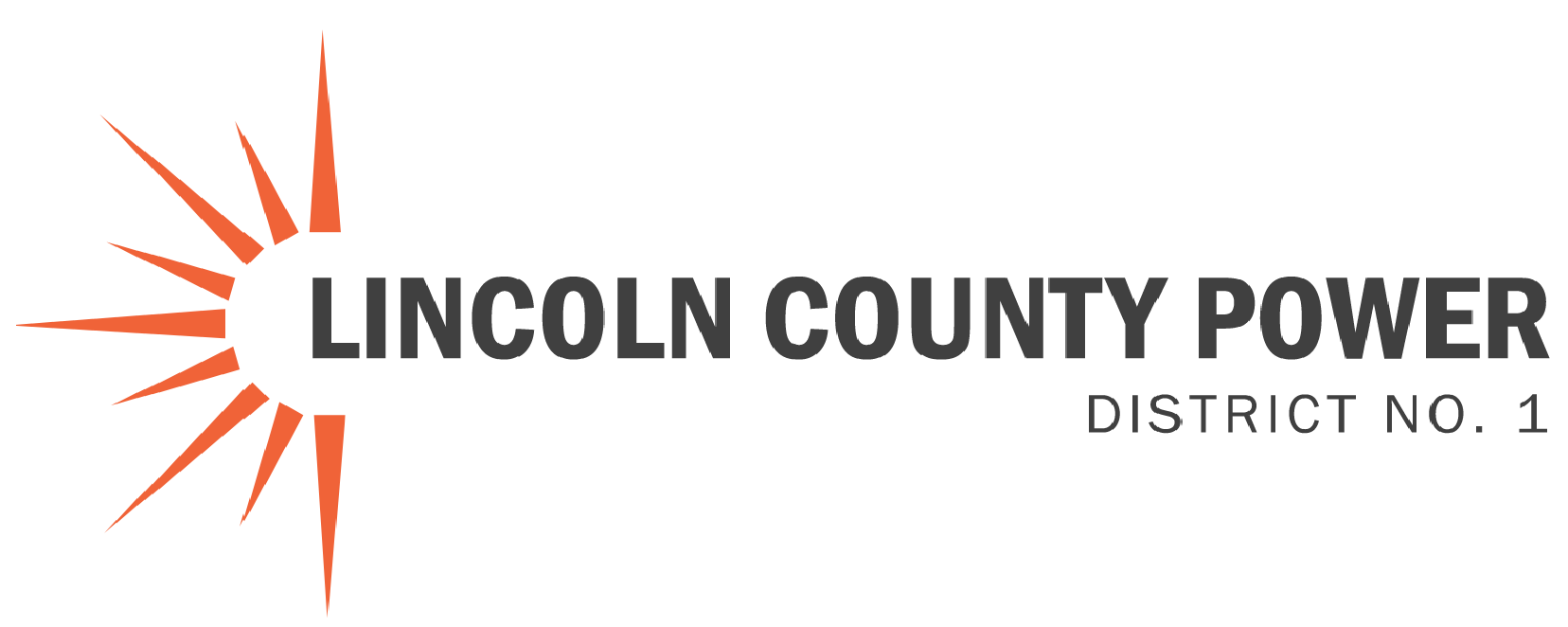Lincoln County Power supports solar energy. In fact, we developed the first community solar project in Nevada. We are also actively pursuing grant funding to allow us to develop additional solar generation in the county. A distributed solar energy project in Lincoln County has its place and can provide significant benefit to all. We start with this reminder because many who will read this may draw the wrong conclusion and think we are opposed to solar energy development. We are not.
But we do have significant concern regarding the installation of behind the meter solar installations at residential properties. These are called net-metered solar installations. We have supported these types of installations for many years with rebates and favorable net-metering policies. We understand that a person may want to lower their monthly bill for electric service, and we support their efforts. We offer numerous rebates for things like high efficiency electric heaters, and we support the low-income home weatherization program. But what we have realized with our years of experience with net-metered solar installations is that they shift costs from affluent residential customers to less affluent residential customers. Let us explain.
Net-metered solar installations are expensive. Depending on the size they can cost from $10,000 to $40,000. This is a cost many can not afford. The person that installs such a system can reduce the amount of energy they will purchase from us. A good thing, right? Maybe for the owner of the system, but not for their neighbor without one. Solar only works part of the time. Lincoln County Power must be ready to step in and provide power immediately when a cloud reduces their solar generation. We must have the same size transformers, the same size power lines, the same trucks, the same amount of inventory, the same amount of labor, and we must have a power supply source ready to go instantaneously. In short, our costs are not reduced, but we just don’t sell the person with the solar installation as much energy.
Since we are a not-for-profit, community based electric utility, our costs have to be covered. We don’t have profits and we don’t have investors. Under our old residential rates, our operating costs that were not paid by the customer who installed solar at their house were just shifted to those who didn’t have solar. That didn’t seem fair. Under our old residential rate structure, the affluent customer could reduce their electric bill by installing solar and would still get all the benefit of Lincoln County Power being in a constant ready mode to step-in when the sun didn’t shine.
When we adopted new rates this past fall, we eliminated this loophole. Our goal was to eliminate the cost shift between net-metered solar installations and those customers without solar. We did this by adopting a demand rate for all new residential customers who install solar behind the meter. This new rate ensures that those who install solar will pay for their fair share of the fixed utility system costs that backup their solar installation. This change only applies to new solar installations after November of 2021. Customers with solar at their home before that date, are grandfathered and are not affected.
But, for customers thinking about installing solar at your home, please contact us or go to the Electric Service tab on our website to get the new rate schedule before you sign a contract with a solar installer. Ask for rate schedule RS-R-AC2. Lincoln County Power supports net-metered solar installations, but we believe our rates must be fair and equitable for all, including those who can’t afford to install solar.


